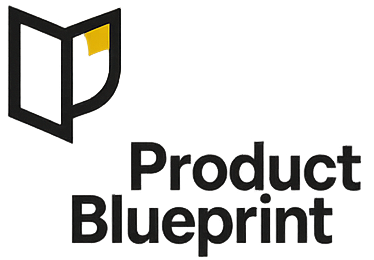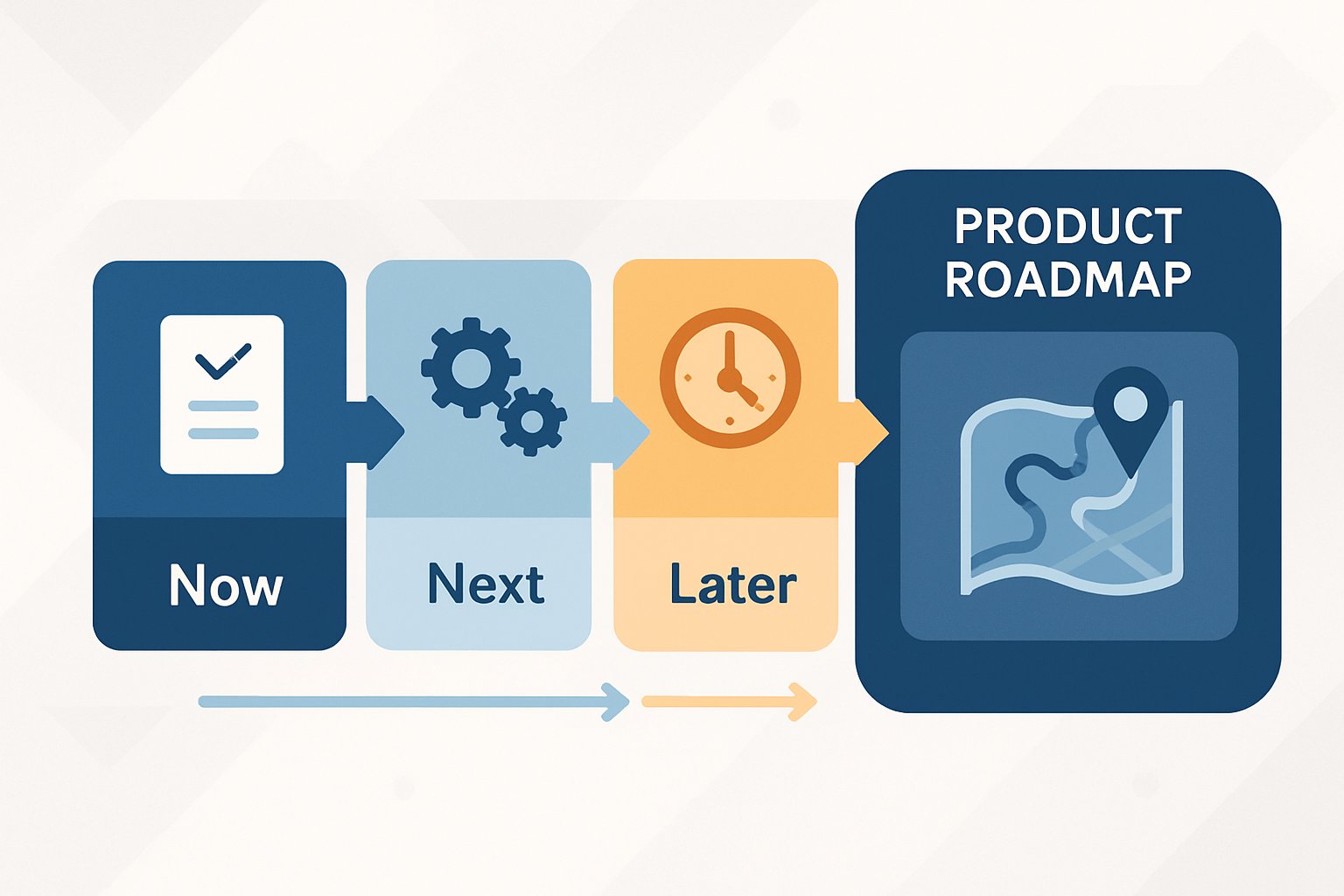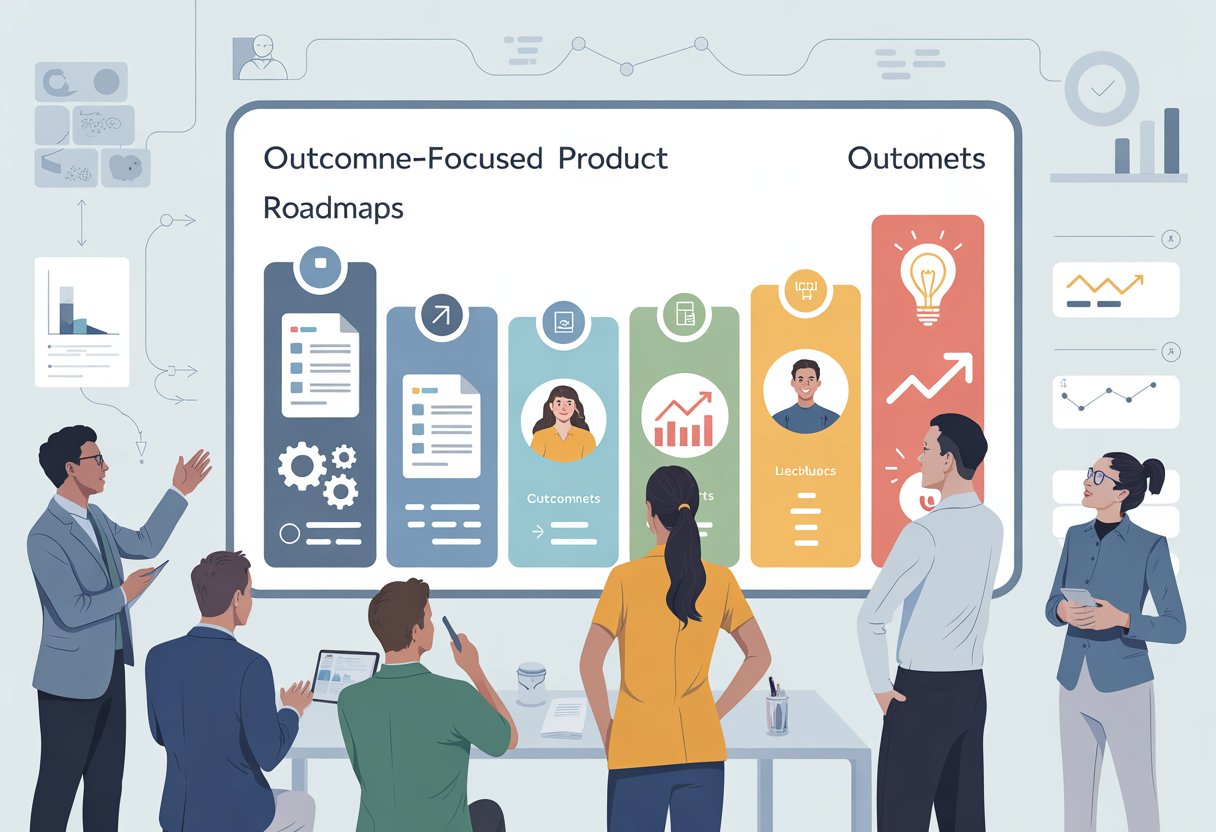TL;DR
The Now-Next-Later framework focuses on outcomes instead of specific dates. Teams connect each card to business goals using OKRs and measurable results.
Every item gets one outcome metric and a clear hypothesis. Teams use 90-day windows to measure impact and limit work in progress.
Key components:
- Plain-English explanations for each card
- Assigned owners for accountability
- Monthly stakeholder updates
- One-page communication summaries
Required guardrails:
- Privacy protection
- Accessibility standards
- Security requirements
- Non-manipulative growth practices
Teams re-rank items when triggers activate. Cards that fail guardrail checks don’t ship to users.
This product roadmap approach helps organizations align daily work with business goals through measurable outcomes.
Key definitions (one line each)
Now–Next–Later (NNL): A three-lane roadmap format. Now shows current work, Next displays upcoming tasks, and Later contains future plans.
OKR: Objectives and Key Results framework that sets goals with measurable outcomes for specific time periods in project management.
Outcome metric: A measurable user or business result like activation rates, not outputs like shipping features.
Hypothesis: A testable claim that connects a proposed change to expected metric improvements.
WIP limit: The maximum number of active cards allowed per lane to help teams maintain focus during task management.
Guardrail metric: Safety indicators such as complaint rates that product managers monitor to ensure no negative impact occurs.
Time window: A shared measurement period, usually 90 days, to assess project impact and results.
Why NNL beats date roadmaps
Date roadmaps create false certainty about timelines. NNL admits that unknowns and dependencies can mess with long-term planning.
Teams focus on results instead of just shipping features. That helps avoid the dreaded feature factory trap.
NNL adjusts quickly when priorities change. No need to rebuild those complex timeline charts.
The 7-step NNL playbook
1) Anchor the board to OKRs
Teams pick 1-3 objectives per period. Each objective needs 3-5 key results with clear baselines and targets.
For example, activation could move from 40% to 46%. Guardrails protect quality standards—like keeping accessibility defects under 0.5 per 1,000 monthly active users and complaint rates below 0.3%.
These boundaries keep strategic planning focused on sustainable growth.
2) Write outcome cards (not feature cards)
Every card connects to a specific key result. Teams write clear hypotheses that explain how changes will move metrics.
Each hypothesis states the user segment, context, proposed change, and expected percentage improvement. Cards include the outcome, metric with a 90-day time window, single owner, dependencies, and exit criteria.
Teams add ethics gates for privacy, accessibility, and fair design. This structure keeps initiatives outcome-focused, not just feature-focused.
3) Size impact in plain English
Teams use a simple expected-value model to estimate impact. The formula multiplies reach, baseline, lift, and confidence levels.
Reach counts users touched within the window. Baseline shows the current rate. Lift is the expected relative change.
Confidence uses 0.25, 0.5, or 0.8 based on available evidence. For example, 50,000 new users with a 0.40 baseline, 0.10 lift, and 0.7 confidence equals 1,400 extra activations over 90 days.
4) Set WIP limits and entry criteria
Now holds 2-4 cards with acceptance criteria, design ready, risk review, and analytics plan. Next contains 3-6 cards with framed problems, evidence, and experiment plans.
Later stores 5-15 cards with clear problem statements. Cards without key results or failing ethics gates can’t enter the board. That blocks low-value features from draining resources.
5) Run a quarterly NNL workshop
Teams review objectives, guardrails, and fresh data from cohorts, research, and support channels. They score candidates using expected key result contribution or lightweight RICE scoring within the same 90-day window.
Cards move to Now or Next while respecting WIP limits. Teams record dependencies and owners for each initiative.
6) Add delivery realism—without turning NNL into dates
Now items get lightweight delivery plans with milestones, blockers, and target ranges. Next items include earliest start dates and critical dependencies.
Later items keep assumptions and fastest learning steps.
7) Cadence that sticks
Weekly delivery standups focus only on Now items. Monthly outcome reviews check if metrics moved and decide whether to kill, scale, or iterate.
Quarterly sessions re-rank Next and Later items, adjust objectives, and publish the updated board.
Trade-offs: NNL vs date roadmap vs quarterly commit list
Teams face three main roadmap approaches, each with distinct advantages and drawbacks.
Now-Next-Later prioritizes outcomes and stays flexible with OKR alignment. Still, stakeholders often want specific timing details that this approach just can’t provide.
Date roadmaps offer clear commitments but create brittle plans with false certainty. They work best for regulated launches and external contracts.
Quarterly commit lists provide simple tracking. Teams risk shifting focus toward outputs instead of meaningful outcomes.
Discovery-heavy work and multi-team coordination fit Now-Next-Later approaches best. Stable systems with low dependency risk work well with quarterly commits.
Waterfall roadmaps often rely on date-based planning despite inherent scheduling risks.
Teams can pair Now-Next-Later with separate delivery plans for items that truly need firm dates.
B2B and B2C examples
B2B SaaS Analytics Company
This company focuses on improving enterprise retention through better customer support and data access.
Their main goal is to reduce churn from 3.2% to 2.6% and cut ticket resolution time from 24 hours to 12 hours.
The product development team built role-based audit exports to reduce audit tickets by 30%. They masked personal information to protect privacy.
Next, they plan to add admin alerts that connect to Slack. This helps catch early warning signs before customers leave.
Later features include usage anomaly detection with proper security controls. The team tests changes carefully and stops if complaint rates go above 0.3%.
B2C Fitness App
This mobile app wants to boost user retention after four weeks. They aim to increase 30-day retention from 22% to 26% while keeping accessibility issues below 0.5 per 1,000 monthly users.
Product development created workout streaks with built-in rest days to prevent overtraining. They added proper accessibility labels following web standards.
The next feature is a beginner program with 10-minute routines that avoid pushy notifications. Future plans include a pilot coach chat feature with clear user consent and data protection.
They run A/B tests with 10% of users and target a 4 percentage point improvement in 30-day retention over 90 days.
Stakeholder comms kit (copy-ready)
Teams need three key tools to keep stakeholders informed about roadmap progress.
The one-pager executive summary shows objectives and key results for 90 days. It breaks work into three phases: Now, Next, and Later.
The Now section includes outcomes, metric targets, owners, and risks. Next covers hypotheses, start dates, and dependencies.
Later lists themes only. Monthly updates go out through email or Slack and highlight wins by showing outcome movement versus targets.
They explain shifts when items move between lanes. Teams share new risks and how they plan to fix blockers.
Updates end with focus areas and requests for the next 30 days. The “How to read this roadmap” slide helps stakeholders understand the format.
It explains that Now-Next-Later does not equal ship dates. The Now section has delivery plans while Next and Later show sequenced bets.
Every card connects to a key result and must follow guardrails.
Quick calculation: should this card move to “Now”?
Teams can use a 90-day check to prioritize features. The formula combines Expected KR contribution = Reach × Baseline × Lift × Confidence with the KR gap = Target − Baseline (in units).
Promote the card if:
- Expected contribution ≥ 30% of KR gap
- Guardrails pass
A card with a KR gap of +3,000 weekly actives that contributes 1,200 users (40%) should move to “Now” when dependencies are ready.
Guardrails & ethics (must pass before “Now”)
Teams must implement privacy and security measures. This means data minimization and encryption in transit and at rest.
Data protection impact assessments are required when needed. Accessibility standards follow WCAG 2.1 AA guidelines.
Products need keyboard navigation, proper contrast, and captions with alt text. Growth tactics must avoid manipulation.
Clear pricing and transparent consent are required. Users need easy cancellation options.
Products cannot harm vulnerable users to improve metrics. That’s non-negotiable.
Pitfalls & better alternatives
Teams often turn NNL into hidden dates. Keep date ranges in the delivery plan, not on the board.
Overfilling “Now” creates bottlenecks. Enforce WIP limits and demote items when dependencies or guardrails slip.
Feature cards without outcomes waste effort. Require KR link + hypothesis, or keep items in Later.
Mixed time windows confuse priorities. Fix 90 days for impact and re-score when that changes.
Teams skip ethics checks and regret it later. Run a pre-launch checklist and block release if it fails.
Many teams lack triggers to re-rank items. Define triggers like regulatory moves, partner deadlines, or cost spikes. Act within 48 hours when triggers occur.
Mini FAQ
How many items should each lane contain? Start with 2-4 items per lane. Move to 3-6 items as you get comfortable.
Later on, teams can handle 5-15 items, depending on how things go. Honestly, it depends a lot on team size and how tangled the dependencies get.
Where do project dates belong? Keep dates in delivery plans and contracts. The NNL just shows intent and order—no timelines there.
Plans are where you actually track dates and deadlines.
How do teams handle executive requests with hard dates? Teams add a card with KR, guardrails, and dependencies. If there’s a hard date, they mirror it in the plan and use a WSJF lens to sequence items.
What happens when KRs stop moving forward? Teams either kill or pivot the initiative. They’ll revisit the hypothesis and reach, then pull a Next item with higher expected contribution.
Can teams combine NNL with RICE or WSJF methods? Totally. Teams use RICE inside a lane to compare ideas.
WSJF comes in handy when time windows really matter. Usually, teams stick to a single 90-day impact window.





